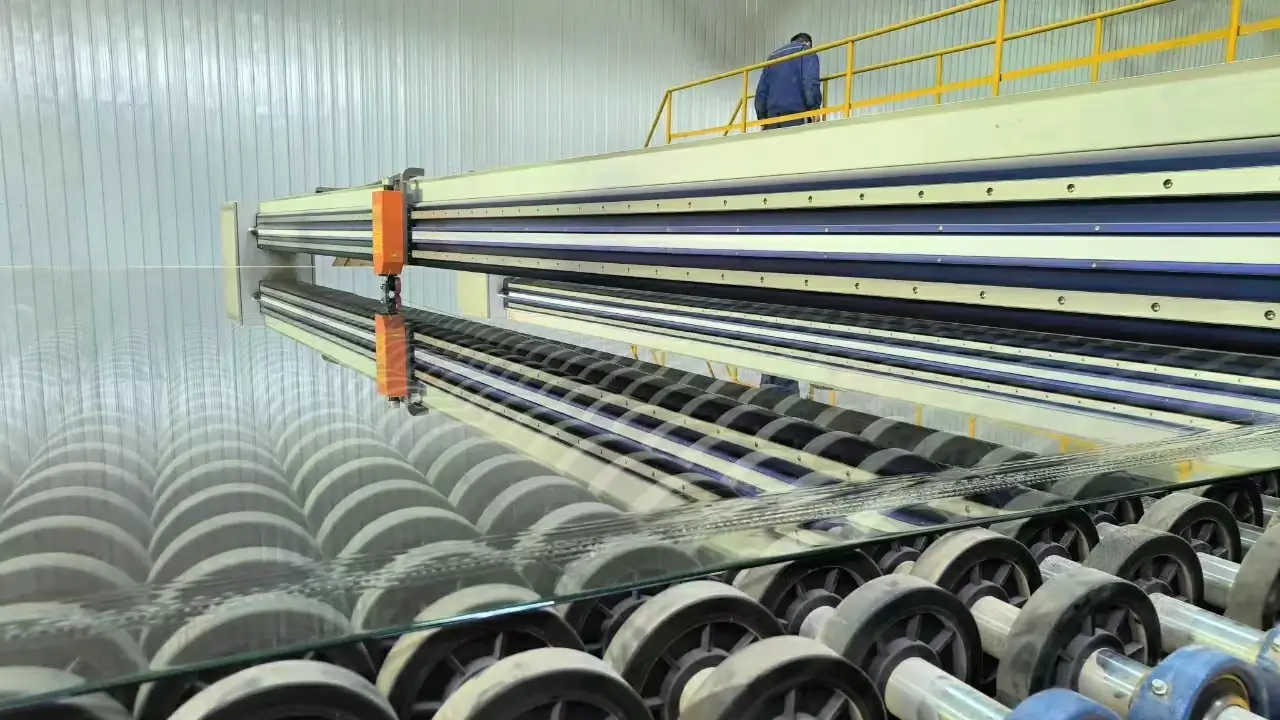

The Rise of Low-E366 Glass Innovations and Benefits in Modern Architecture
In recent years, the world of architecture and construction has seen an incredible transformation, driven in part by advancements in materials science. One significant innovation is Low-E366 glass, a type of energy-efficient glazing that is rapidly becoming a preferred choice in contemporary building design. This article explores the features, benefits, and applications of Low-E366 glass, highlighting its role in promoting sustainability and comfort in our built environments.
Understanding Low-E Glass
Low-E (low emissivity) glass is a type of glass that has been treated with a microscopically thin coating designed to reflect infrared light while allowing visible light to pass through. This innovative technology helps to control both heat gain and heat loss, enhancing energy efficiency in buildings. Low-E366 glass specifically represents an advanced evolution of this technology, designed to provide even better thermal performance and solar control.
The number 366 refers to a specific combination of reflective and transmission properties that make this type of glass particularly effective. It allows a significant amount of natural sunlight to enter spaces while reflecting a high percentage of infrared radiation, thereby minimizing heat transfer. This unique balance makes Low-E366 glass an excellent option for a wide range of climate conditions.
Energy Efficiency and Sustainability
One of the most compelling benefits of Low-E366 glass is its contribution to energy efficiency. Buildings constructed with this glass can maintain comfortable indoor temperatures with less reliance on heating and cooling systems. As a result, property owners can see significant reductions in energy consumption, which translates into lower utility bills. This energy efficiency is not only beneficial for individual consumers but also plays a crucial role in reducing overall greenhouse gas emissions.
In the context of global efforts to combat climate change, the use of Low-E366 glass aligns perfectly with sustainability goals. Architectures that integrate energy-efficient materials like Low-E glass can attain green building certifications, such as LEED (Leadership in Energy and Environmental Design). These certifications are increasingly important as policymakers and consumers alike place a premium on environmentally responsible design.
Comfort and Aesthetics

Beyond energy efficiency, Low-E366 glass also enhances the comfort and aesthetics of living and working spaces. Homes and commercial buildings benefit from increased natural light, which has been shown to improve mood and productivity. Moreover, the visual clarity of Low-E366 glass helps maintain the integrity of architectural designs, providing unobstructed views without compromising on thermal comfort.
Low-E366 glass also minimizes glare and reduces the fading of interior furnishings caused by ultraviolet rays. This protective quality ensures that spaces remain inviting while also extending the lifespan of valuable décor and finishes.
Versatile Applications
Low-E366 glass is versatile and can be used in various applications. It is ideal for residential properties, where homeowners seek to capitalize on natural light while maintaining energy efficiency. In commercial buildings, it serves as a critical component in design strategies aimed at creating sustainable work environments that enhance employee well-being.
Furthermore, Low-E366 glass is an excellent option for curtain wall systems, skylights, storefronts, and windows. With its customizable specifications, architects and builders can tailor the glass to meet the unique needs of their projects, ensuring optimal performance in diverse settings.
Conclusion
The advent of Low-E366 glass marks a significant leap forward in the quest for sustainable building materials. With its exceptional energy efficiency, comfort-enhancing properties, and aesthetic versatility, it represents a crucial innovation for modern architecture. As industries continue to embrace sustainable practices, the demand for Low-E366 glass is likely to soar, paving the way for a more energy-conscious future.
In a world increasingly focused on environmental responsibility and the well-being of its inhabitants, Low-E366 glass stands out as a shining example of how advanced materials can shape a sustainable architectural landscape. Building designs that incorporate this cutting-edge glazing not only promise lower energy costs but also contribute to healthier living spaces, showcasing the essential balance between functionality and aesthetics in contemporary construction.